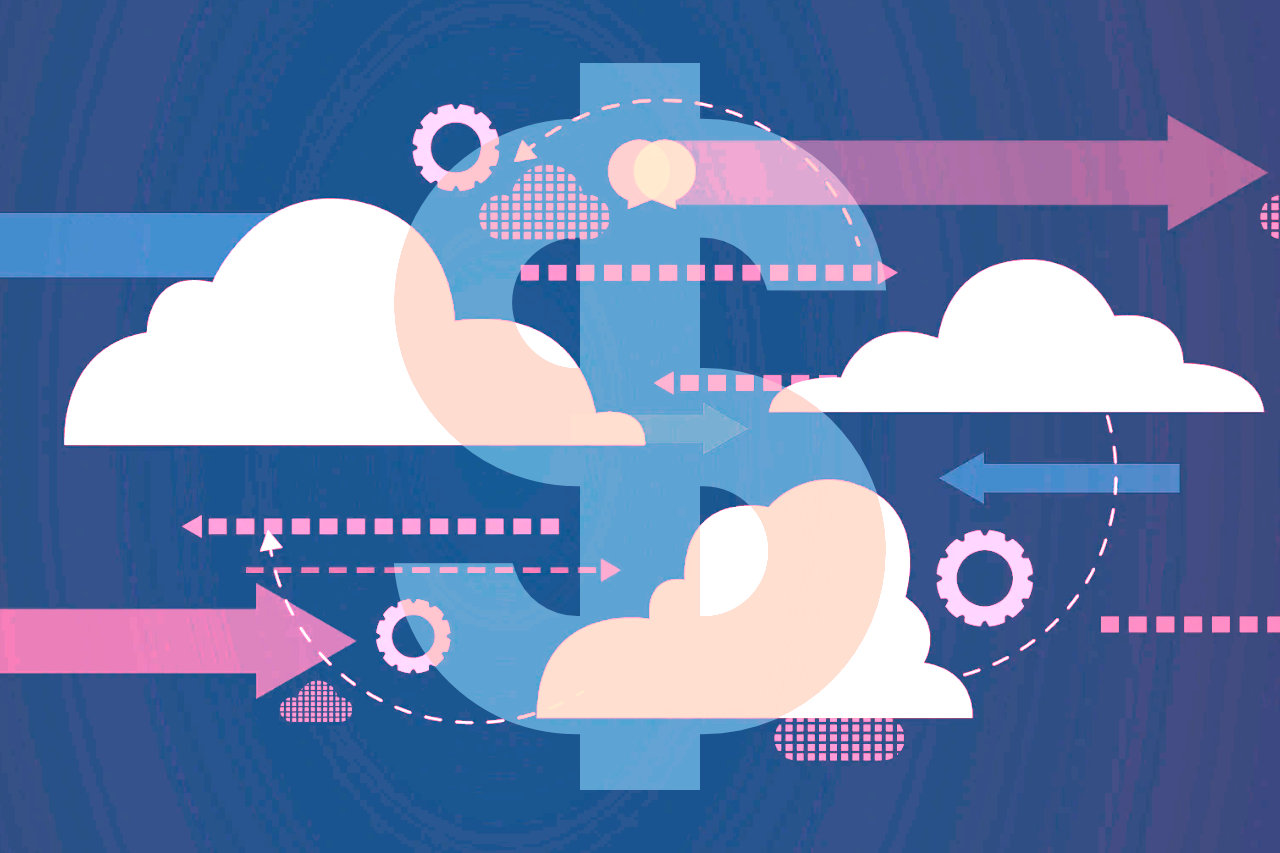As public cloud deployments continue to outnumber the on-premises workloads, there is a dire need to improve the security of cloud environments. A recent Gartner survey forecasts that by 2022, the investment in the public cloud globally will exceed US$ 480 billion. Moreover, 98% organizations are witnessed to be hit by minimum one security breach, according to IDC. In order to automate security controls and design the infrastructure to build security as part of the management, security by design is a feasible approach for organizations.
The implications of security by design include
- Implementing security at the start of cloud shift
- Designing systems to be protected from the outset
- Reducing risks that possibly compromise the information security
Ensuring the Security-First Approach for Cloud Architecture
With organizations adopting the cloud, their architecture based on public, private, or multi-cloud is often exposed to cyberthreats. Therefore, it is imperative that they ensure following the security-first approach, with SecOps or DevSecOps integrated with the architecture and development lifecycle. Building a security-first architecture involves a robust framework of security by design as part of the key performance indicators of workloads.
Steps to design the framework of security by design include
- Building and governing records of threats and risks
- Assessing current security policies, remediating management, and adhering to routine tasks
- Maintaining a robust, structures, and measurable roadmap for security
- Assessing and measuring the security policies continuously
Key Phases of Implementing Security by Design
A 4-phase approach is recommended by Amazon Web Services (AWS) for building security & compliance.
- Phase 1: begin with understanding the organization’s requirements, outlining security policies, and documenting controls that are inherited from AWS. Moving ahead, controls that the organization owns and operates in its AWS environment must be documented, before deciding on rules to be enforced.
- Phase 2: A secure environment must be built, which suits the said requirements and the framework’s implementation. Necessary configurations that draw upon AWS configuration values should be defined. These configuration values may include encryption, resource permissions, authorization of essential compute images, and deciding the type of logging to be enabled. Several configuration options are provided by AWS along with templates that help align the cloud environment with security controls. These templates allow enforcinga comprehensive set of rules systematically as well as conform to different security frameworks.
- Phase 3: The use of security templates must be enforced, which is facilitated by AWS Service Catalog. This ensures security in every new environment created while preventing non-adherence to security rules. Moreover, this helps organizations prepare the remaining configurations of controls for the audit.
- Phase 4: The last step is to perform validation procedures. While deploying using secure environment templates and Service Catalog enables creating an audit-ready system, rules defined in templates can be leveraged as an audit guide. Capturing the current state of cloud environments is expedited by AWS Config, which are used to compare with the secure environment rules. Enabling audit automation for collecting evidences can be achieved with the secure read access permissions, which come with unique scripts.
Building Security into DevOps
One of the best practices for security by design is security-as-code, which simplify establishing standards, necessary protocols, and governance. With this, any changes in compliance or regulations will impact a single place, eliminating the need for multiple moving components in security by design. The security-as-code engulfs every essential protocol for multiple applications, which must be implemented before designing the system.
This not only ensures that the entire infrastructure has tight security but also protects every component when integrated into DevOps. May it be an external or internal facing application, security-as-code is essential. The key components of security-as-code are
- Testing
- Scanning vulnerabilities
- Accessing policy controls and restrictions
To Conclude
As a system expands and develops, it becomes challenges to add security, which is a primary reason why security by design is indispensable. Moreover, it makes it easy to deal with pathing the existing vulnerabilities in real-time. In this rapidly evolving world of modern business, security by design continues to gain high traction vis-à-vis the internet of things. Hence, as IoT proliferates, it is crucial that a robust security is put in place by following an effective approach like security by design.






